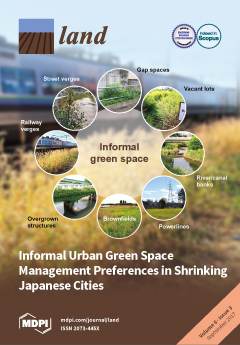Resource information
China’s $1 trillion One Belt, One Road (OBOR) infrastructure project has significant landscape, socio-economic, and political implications in recipient countries. To date, investigation has focused on Chinese motivation and plans rather than OBOR impact in host nations. This paper examines the programme from the perspective of two Central Asian states—Kazakhstan and Kyrgyzstan—that are at the heart of OBOR. We identify geographical factors that constrain infrastructure, recognise geopolitical contestation between Russia and China, address historical and cultural factors, and consider issues of institutional capacity and marginality that may be impediments to China’s initiative. The discussion then focuses on how OBOR may play out in Central Asian landscapes and suggests how to conceive and address the unprecedented transformation in the region’s built environment. Critical issues are that OBOR has not been grounded in the physical geography, practical understanding of OBOR’s impacts is missing, and the state-citizen-China nexus remains unexplored. As pivot nations, OBOR implementation in Kazakhstan and Kyrgyzstan will showcase the Chinese programme’s strengths and highlight its weaknesses.


